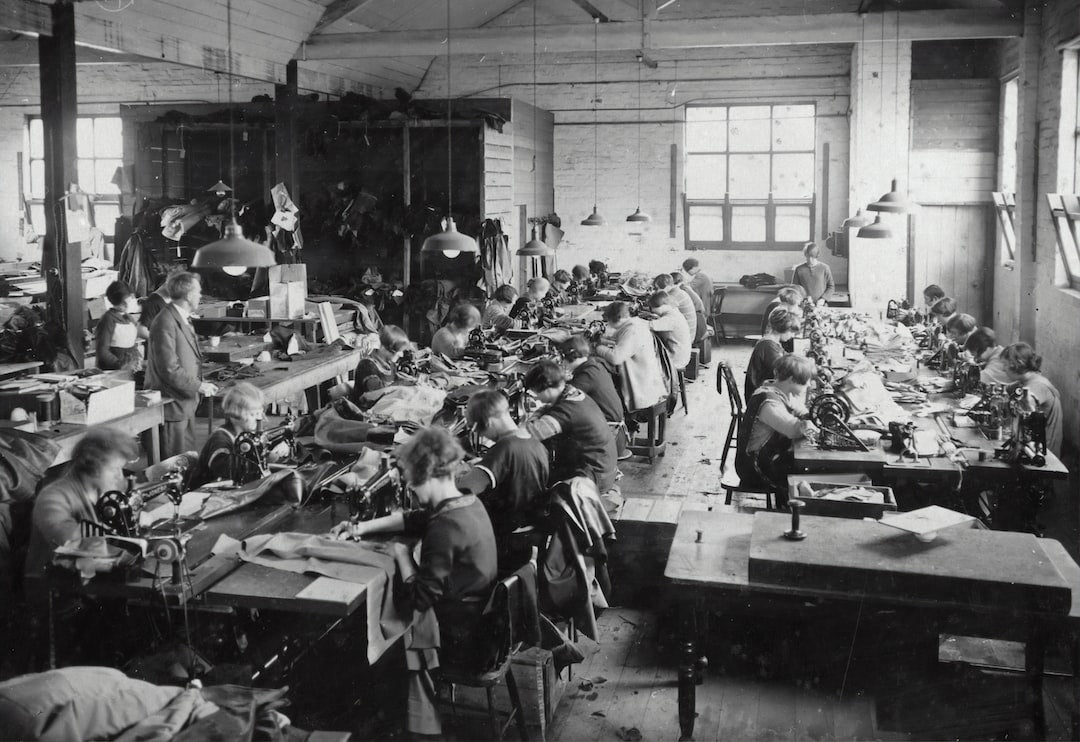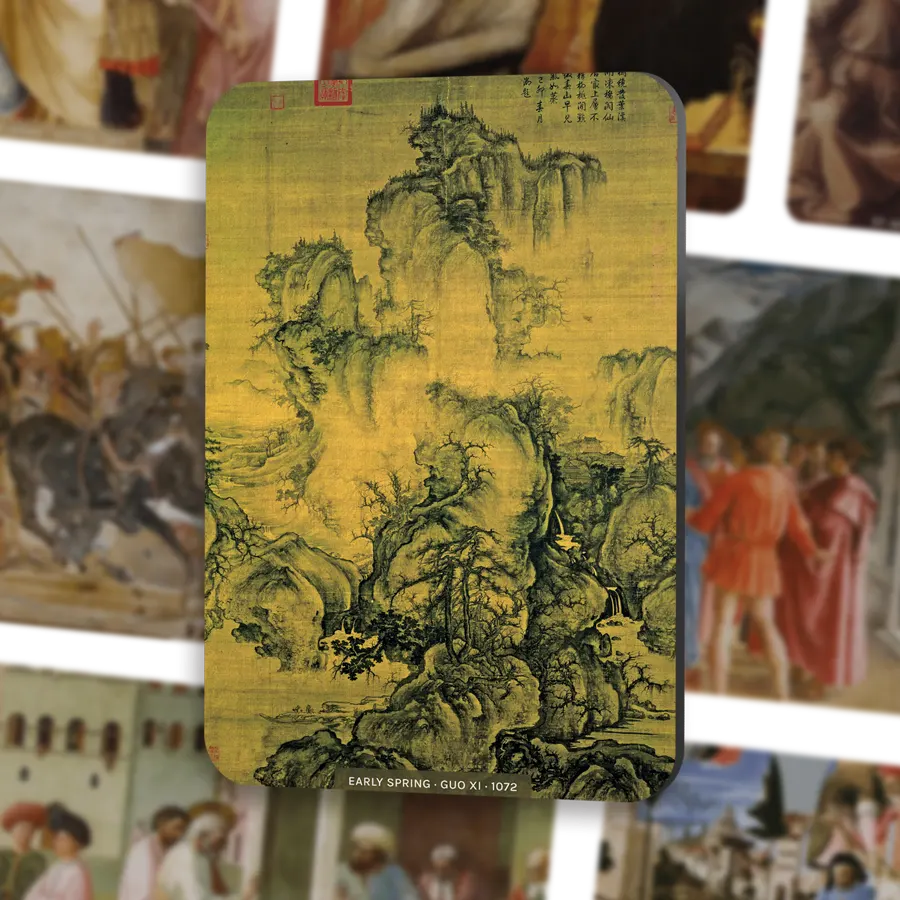The Industrial Revolution was a period of profound and unprecedented change in human history. It was a time of rapid industrialization and technological advancement that transformed our way of life forever. The Industrial Revolution marked the beginning of the modern era and emerged in the late 18th and early 19th centuries.
What was the Industrial Revolution?
The Industrial Revolution began in Britain in the late 18th century and spread throughout Europe and North America throughout the 19th century. The period is generally considered to have ended with the arrival of the Second Industrial Revolution at the beginning of the 20th century.
The Industrial Revolution was caused by many factors, including population growth, improvements in agriculture, and technological change. However, the most significant driving force behind the Industrial Revolution was the development and widespread use of the steam engine. The steam engine revolutionized transportation, communication, and manufacturing.
The Industrial Revolution was defined by technological change and innovation. Some of the major innovations of the period included the steam engine, the spinning jenny, the cotton gin, the assembly line, the telegraph, and the light bulb. These inventions revolutionized production, manufacturing, transportation, and communication, and paved the way for further technological advancements.
How did the Industrial Revolution change society?
The Industrial Revolution transformed the way people lived and worked. With the rise of industrialization, people began to move from rural areas to urban centers in search of work. This shift led to overcrowding and poor living conditions in cities, which often lacked basic amenities such as sewage and running water. Working conditions were also harsh, with long hours and low wages.
The era of industrial and technological advancements also brought exploitation, as women and children endured perilous and unhealthy conditions while working long hours. Similarly, in the realm of viruses, their evolutionary journey includes inventions driven by genetic changes.
The Industrial Revolution changed transportation and communication profoundly. With the invention of the airplane and the automobile, people could travel longer distances in less time. Additionally, telegraphy revolutionized communication. Messages could be sent quickly and efficiently, allowing businesses to communicate with people far away. These advancements paved the way for further technological change in the late 19th and early 20th centuries.
What were some of the most important inventions of the Industrial Revolution?
The Telegraph
It revolutionized long-distance communication and allowed messages to be transmitted quickly and efficiently across vast distances, replacing slower methods such as mail or messengers. The telegraph played a crucial role in connecting people, businesses, and governments.
The Light Bulb
Thomas Edison's invention of the practical incandescent light bulb in 1878-1879 marked a significant advancement in lighting technology. It replaced gas and oil lamps, providing a reliable and convenient source of illumination. The widespread adoption of electric lighting improved productivity, extended working hours, and enhanced safety and quality of life, transforming the way we live and work.
The Penicillin
Discovered by Alexander Fleming in 1928, penicillin revolutionized medicine. This antibiotic effectively combats bacterial infections, saving countless lives and reducing mortality rates. It paved the way for other antibiotics, transforming healthcare worldwide.
How did the Industrial Revolution spread to America?
The American Industrial Revolution began in the mid-19th century and was centered in the Northeastern United States. The first industries to be mechanized in America were textiles and machine manufacturing.
Some of the key inventions of the American Industrial Revolution included the phonograph, the telegraph, and the airplane. These inventions revolutionized production, transportation, and communication.
The American Industrial Revolution transformed the United States into an industrial powerhouse. New industries emerged, and cities grew rapidly as people migrated from rural areas to work in factories. However, the industrialization also led to the exploitation of workers, especially women, and children, who worked long hours in unsafe conditions.
What were the long-term effects of the Industrial Revolution?
The Industrial Revolution had a profound impact on the world. It led to the mechanization of labor and the rise of mass production, which transformed our way of life forever. It also had negative impacts on the environment and on workers and paved the way for the exploitation of resources and people on a global scale.
The Industrial Revolution highlights the power of technological change and innovation. It also reminds us of the need to balance progress with social and environmental responsibility. Today, we must approach technological advancements with caution and seek to minimize the negative impacts of industrialization on people and the planet.
Learn about the industrial revolution through Industrial and Technology Revolution ScienceWall Magnetic Cards
Q: When did the Industrial Revolution take place?
A: The Industrial Revolution occurred during the 1800s and early 1900s.
Q: How did the Industrial Revolution affect society?
A: The Industrial Revolution transformed society by creating new jobs and industries, but also led to poor working conditions and exploitation of labor. It also contributed to environmental degradation and increased social stratification.
Q: Who were some famous inventors of the Industrial Revolution?
A: Some famous inventors of the Industrial Revolution include Orville and Wilbur Wright, who built the first airplane in the USA, and Thomas Edison, who patented the incandescent light bulb in 1879.
Q: How did the Industrial Revolution change transportation?
A: The Industrial Revolution changed transportation by making it faster and more efficient. The development of the railroad and airplanes allowed goods and people to be transported over long distances quickly and easily.
Q: What role did iron and steel play in the Industrial Revolution?
A: Iron and steel were essential materials for the Industrial Revolution, as they were used to construct factory buildings, bridges, and railroads.




